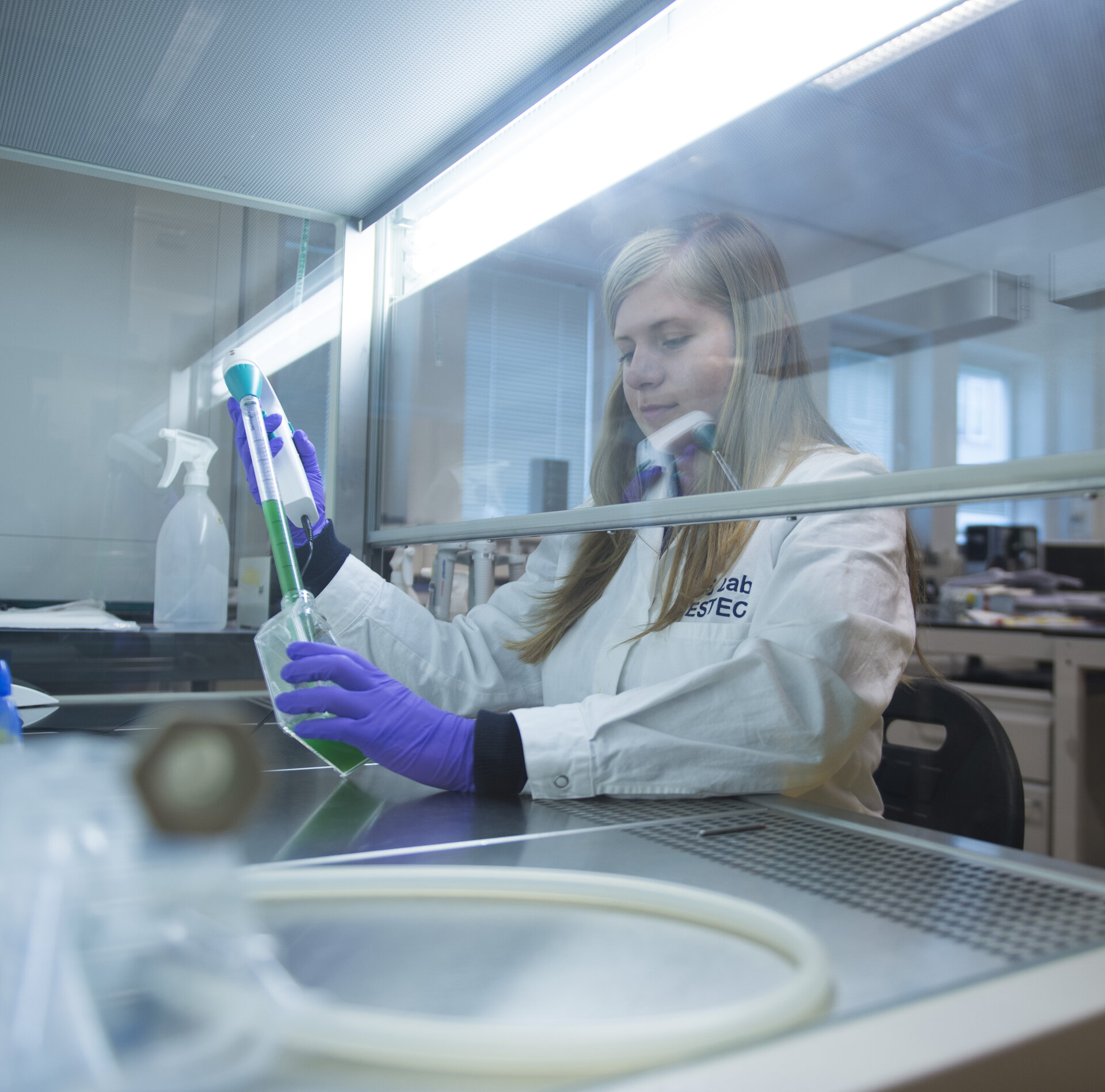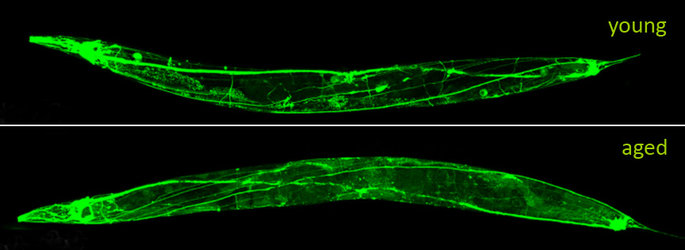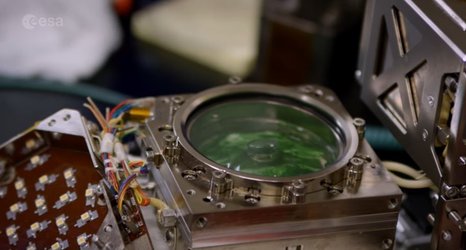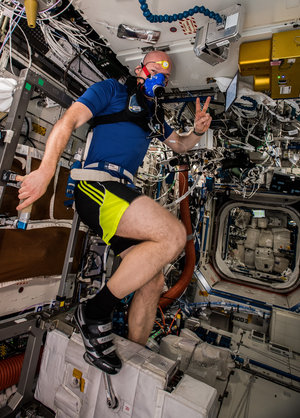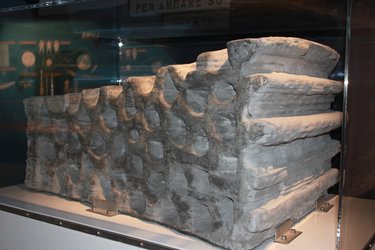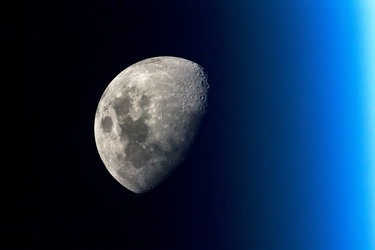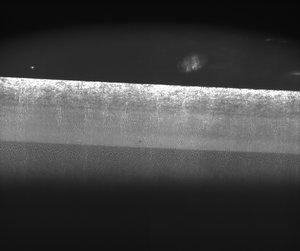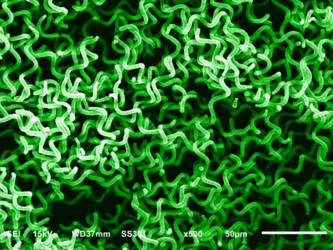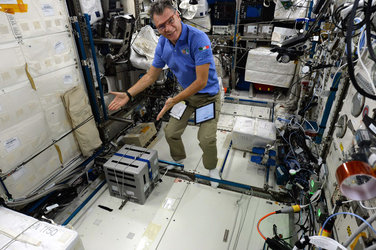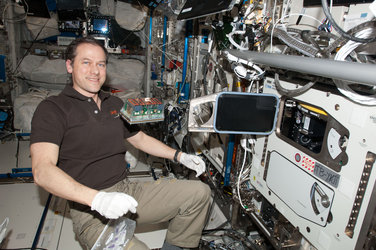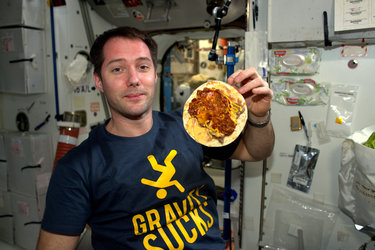Recreating space on Earth – two facilities join ESA’s platforms for spaceflight research
Science is everywhere but opportunities to carry out research in space can be limited. To combat this, ESA works with institutes across Europe to maintain a network of ground-based facilities that recreate aspects of spaceflight.
From radiation to weightlessness, isolation and a lack of Earthly comforts, astronauts and robots on missions far from home face many challenges in space.
To help mitigate these, two new facilities have been added to Europe’s roster of places where researchers can apply to run spaceflight experiments on Earth with ESA.
Random positioning machine simulates martian gravity
In Toulouse, France, the Scientific Group of Space Biology and Medicine with support from France’s space agency CNES has a number of instruments that can recreate microgravity for plant experiments. One of these is a random positioning machine that moves its experiment along all axes as it rotates, turning it upside-down and left-to-right for long periods of time.
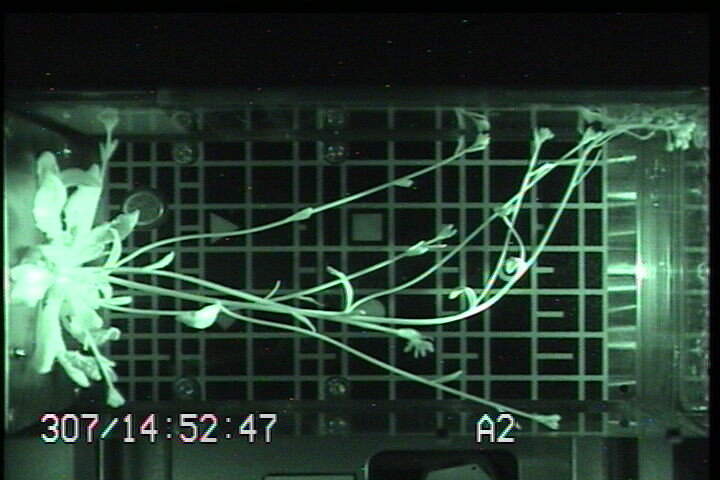
On average, over weeks or months, the effect of gravity negates to zero allowing researchers to study how plants grow in and react to different levels of gravity.
The facility in Toulouse also has a low-level radiation generator that bombards cells with similar levels of radiation levels to those that plants would receive on Mars or in Earth orbit. These kinds of plant-based experiments are paving the way for greenhouses in space and could see astronauts harvest their own food during long missions away from Earth.
Space simulation facilities in Germany
The second new addition comes from the German aerospace center DLR where Planetary Space Simulation Facilities focus on how biological and chemical materials react to spaceflight.
DLR facilities enable cells and particles to be exposed to ultra-high vacuum, gas compositions, extreme temperatures, UV radiation and x-rays, helping researchers better prepare their experiment or hardware for the realities of spaceflight.
“As with any expedition, preparing and testing equipment is key to successful exploration,” says Jennifer Ngo-Anh head of ESA’s human spaceflight research team, “the better prepared we are for the extreme environments humans and robots must face as we explore our Universe, the better the outcome of the missions.
“We offer researchers state-of-the-art facilities all over Europe and beyond our planet to carry out experiments and increase knowledge of our world. I am very happy to include these two sites in the roster with our partners and hope to see more ground-breaking research projects in the future.”
European researchers can apply to run their experiment through ESA’s continuously open research announcements here.
Science is everywhere at ESA. As well as exploring the Universe and answering the big questions about our place in space we develop the satellites, rockets and technologies to get there. Science also helps us to care for our home planet. All this week we're highlighting different aspects of science at ESA. Join the conversation with #ScienceAtESA.


